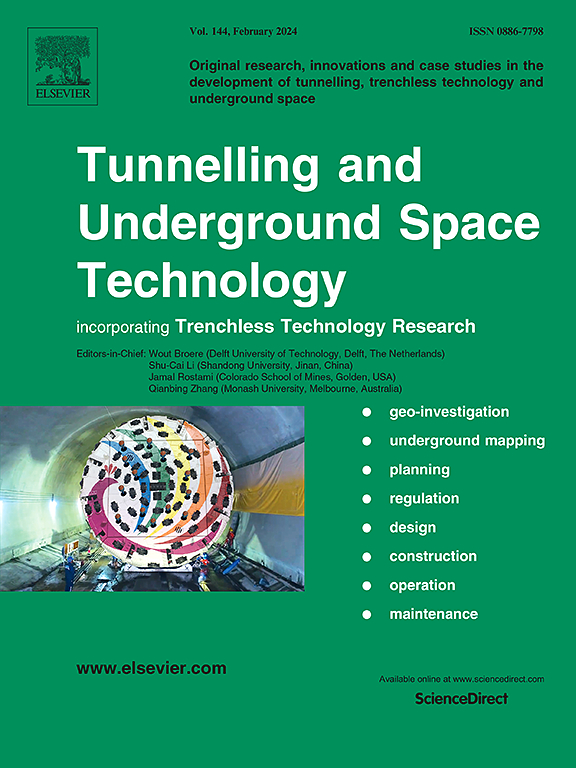Relationship between the built environment and metro usage patterns: A motif-based perspective
IF 6.7
1区 工程技术
Q1 CONSTRUCTION & BUILDING TECHNOLOGY
引用次数: 0
Abstract
Many cities are actively implementing transit-oriented development (TOD) strategies to promote sustainable transportation. However, the intricate relationship between metro users’ travel behavior patterns and the built environment remains underexplored, potentially hindering the effective evaluation of TOD initiatives. This study leverages smart card data collected in Shenzhen, China, to identify thirteen distinct travel motifs commonly observed among metro users. To quantify the diversity of these travel motifs at each metro station, A motif entropy index is introduced, which captures variations in daily travel behaviors. A multi-scale geographically weighted regression (MGWR) model is employed to analyze the spatially varying effects of built environment characteristics on travel motif diversity. The results indicate that individuals tend to prefer travel motifs characterized by fewer nodes or trips. Furthermore, the analysis reveals that weekend travelers exhibit greater diversity in their travel motifs compared to weekday commuters. Suburban metro stations generally display higher motif entropy levels than downtown stations. Notably, the impact of built environment factors on motif diversity remains relatively consistent across weekdays and weekends. Land use mix and the proportion of residential areas demonstrate positive associations with motif entropy, while the proportion of commercial areas exhibit a negative impact. The findings provide valuable insights for effective TOD planning strategies, suggesting that government initiatives could prioritize the development of suburban residential neighborhoods, complemented by multifunctional facilities, to enhance regional vibrancy and reduce reliance on central urban areas.
求助全文
约1分钟内获得全文
求助全文
来源期刊

Tunnelling and Underground Space Technology
工程技术-工程:土木
CiteScore
11.90
自引率
18.80%
发文量
454
审稿时长
10.8 months
期刊介绍:
Tunnelling and Underground Space Technology is an international journal which publishes authoritative articles encompassing the development of innovative uses of underground space and the results of high quality research into improved, more cost-effective techniques for the planning, geo-investigation, design, construction, operation and maintenance of underground and earth-sheltered structures. The journal provides an effective vehicle for the improved worldwide exchange of information on developments in underground technology - and the experience gained from its use - and is strongly committed to publishing papers on the interdisciplinary aspects of creating, planning, and regulating underground space.
 求助内容:
求助内容: 应助结果提醒方式:
应助结果提醒方式:


